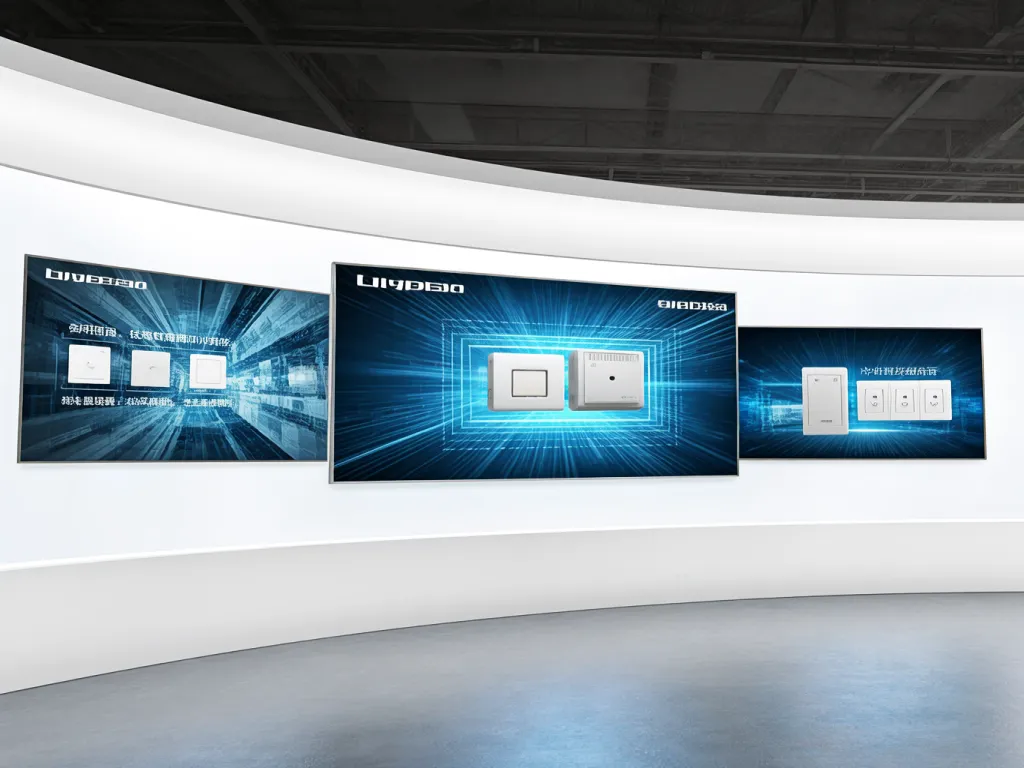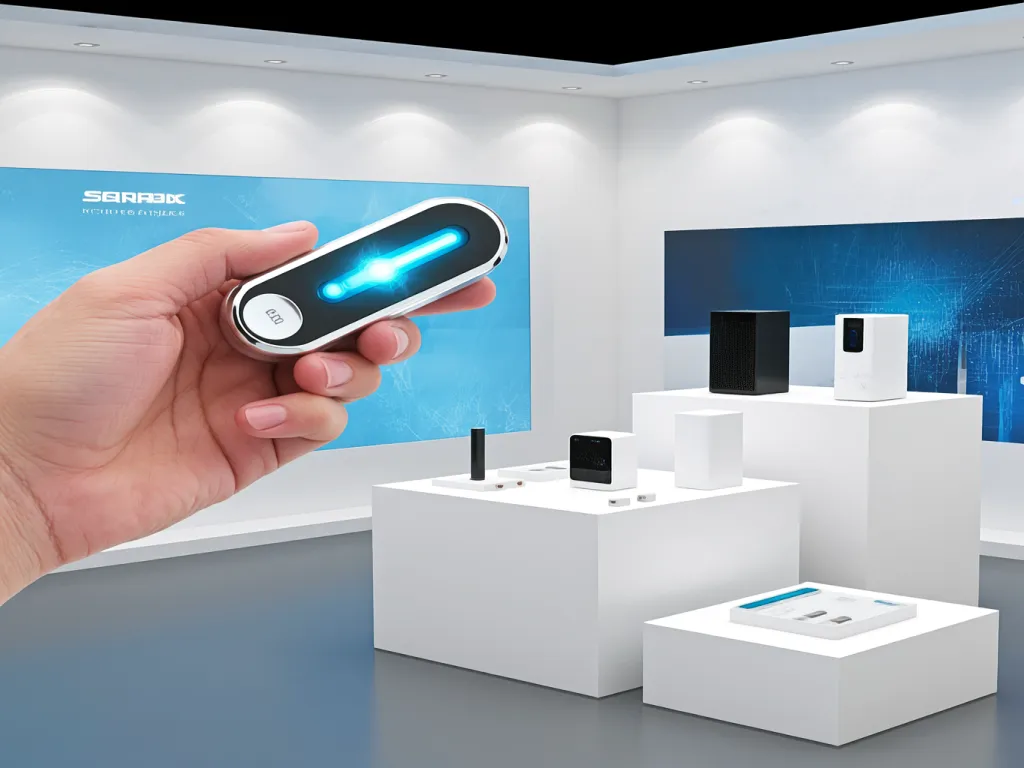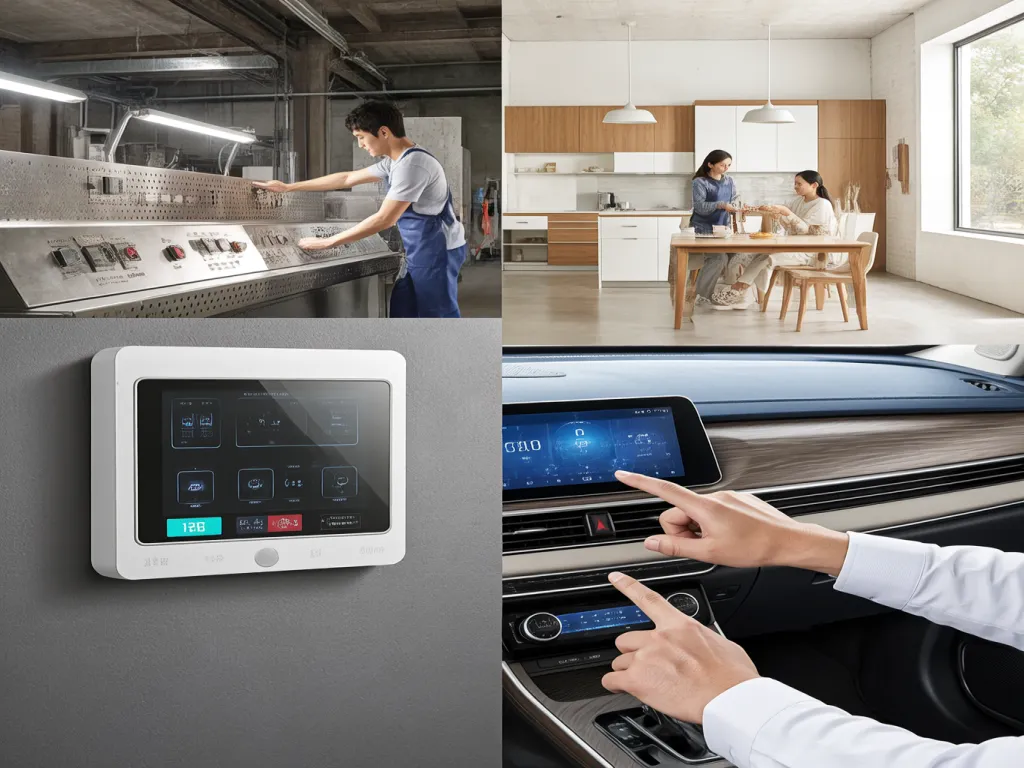Perfect Match: Choose Your Lighted Rocker Switch
When it comes to upgrading your electronic devices, the right lighted rocker switch can make all the difference. Whether you’re an engineer, designer, or procurement manager, selecting the perfect switch for your needs is crucial. But with so many options out there, how do you know which one is the best fit? In this guide, we’ll walk you through everything you need to know about choosing a lighted rocker switch that perfectly matches your electronic equipment’s requirements. Ready to illuminate your decision-making process?

Analyzing Electronic Device Application Scenarios: Special Requirements for Lighted Rocker Switches
When it comes to selecting the perfect lighted rocker switch for your electronic device, understanding the specific demands of its application environment is crucial. Different scenarios—industrial control, home appliances, and automotive electronics—each impose unique requirements on these switches. Let’s dive into what makes each setting special and how it impacts your choice of a lighted rocker switch.
Industrial Control: The Tough Get Tougher
In industrial control systems, the demands on a lighted rocker switch are immense. The switch must be robust enough to handle not just physical abuse but also environmental challenges. Waterproofing is a must, as is dust resistance. For instance, a switch with an IP67 rating or higher can be submerged briefly or withstand constant dust exposure without failing. But beyond that, the switch should be able to function reliably in extreme temperatures, ensuring that whether it’s a chilly warehouse or a scorching production line, your equipment stays operational. Durability is key here—a switch that can last through thousands of cycles without failure is invaluable. For specific models that meet these demands, consider exploring our 12V waterproof rocker switch options.

Home Appliances: Where Style Meets Substance
For home appliances, the lighted rocker switch needs to strike a balance between form and function. It should be easy to operate, even for those with limited dexterity, and clean effortlessly, resisting stains and grime. Safety certifications are non-negotiable, ensuring that the switch meets the highest standards for electrical safety. Additionally, considering the voltage requirements of your appliance is crucial to prevent any electrical mishaps. For example, a 250VAC rocker switch might be suitable for appliances operating at higher voltages.
Automotive Electronics: Built for the Road Ahead
Automotive applications demand switches that can withstand the rigors of the road. Vibration resistance is essential to prevent premature wear, while moisture sealing protects against fluids that can cause short circuits. High current handling capabilities ensure that the switch can manage the power demands of automotive systems without overheating or failing. Choosing a switch with automotive-grade certifications guarantees that it meets the industry’s rigorous standards for reliability and performance. For automotive-specific options, you may want to check out our range of 4-pin rocker switches designed for high-current applications.

Interpreting Specifications: Current, Voltage, and Control Functions Explained
Choosing the right lighted rocker switch for your electronic device isn’t just about aesthetics or ease of use—it’s about ensuring safety, reliability, and optimal performance. To make an informed decision, you need to understand the key specifications that define a switch’s capabilities. Let’s break down the most critical parameters: current rating, voltage rating, and control functions (single vs. double control). By the end of this section, you’ll know exactly how these specs influence your choice—and why ignoring them could lead to costly mistakes.
Current Rating: How Much Power Can Your Switch Handle?
The current rating of a lighted rocker switch tells you the maximum amount of electrical current (measured in amperes, or amps) it can safely carry without overheating or failing. This is crucial because exceeding the rated current can cause the switch to melt, arc, or even catch fire. For example, a switch rated at 10A can handle up to 10 amps of current. If you’re looking for switches with higher current ratings, consider our 6A 250VAC rocker switch or similar options for industrial use. But how do you know what rating your device needs?
• Industrial Control: Heavy-duty machinery often draws high currents (e.g., 15A–30A). A low-rated switch here would be a disaster.
• Home Appliances: Smaller devices like coffee makers or lamps may only need 5A–10A.
• Automotive Electronics: Car switches must handle fluctuating currents (e.g., 10A–20A for window motors).
Pro Tip: Always leave a safety margin. If your device draws 8A, choose a switch rated for at least 10A—not 8A. Why? Over time, dust, wear, or slight voltage spikes can push the current beyond nominal levels.
Voltage Rating: Can Your Switch Withstand the Electrical Pressure?
Voltage rating (measured in volts, or V) indicates the maximum voltage a switch can safely switch on and off. Using a switch with a lower voltage rating than your circuit’s voltage is like filling a balloon beyond its capacity—it’ll pop. Common ratings include 12VDC (for automotive), 120VAC/240VAC (for household appliances), and 250VAC (for industrial use). For waterproof applications requiring high voltage ratings, explore our waterproof T85 55 rocker switch 12V or similar options.
• Low-Voltage Systems (12V–48V): Used in cars, RVs, or solar setups. These switches are compact but must handle potential surges.
• High-Voltage Systems (120V–240V): Standard in homes for lights, fans, and small appliances.
• Industrial Systems (250V–600V): Found in factories for motors, conveyors, or heavy machinery.
Key Insight: AC and DC matter. A switch rated for 120VAC might not handle 120VDC safely due to differences in arcing behavior. Always check the spec sheet!
Single vs. Double Control: Which Functionality Fits Your Needs?
The control function of a lighted rocker switch determines how it operates circuits:
• Single-Pole, Single-Throw (SPST): This is the simplest type. It has two terminals (one input, one output) and turns a circuit ON or OFF. Ideal for single-circuit applications like a lamp or a fan. For a compact and reliable SPST option, check out our KCD3 mini rocker switch.
• Double-Pole, Double-Throw (DPDT): This switch has six terminals and can control two separate circuits simultaneously. It’s used in applications where you need to switch multiple devices or reverse polarity (e.g., motor direction control).
Practical Example: If you’re designing a machine with two independent motors, a DPDT switch lets you turn both on/off with one toggle. An SPST switch would require two separate switches—clunky and inefficient.
Why It Matters: Choosing the wrong control type leads to wasted space, increased wiring complexity, or even system failure. Ask yourself: Do I need to control one circuit or multiple? Is polarity reversal required?

Case Study: Picking the Perfect Lighted Rocker Switch Through Real-World Examples
When it comes to selecting the right lighted rocker switch for your electronic device, there’s no one-size-fits-all solution. Every application has its unique set of requirements, and understanding these nuances is key to making an informed choice. Let’s dive into a couple of real-world scenarios to see how this plays out in practice. Imagine you’re designing an industrial control panel that needs to withstand harsh environments. Here, durability and reliability are non-negotiable. You’d need a lighted rocker switch that can handle high currents and voltages without faltering. But it’s not just about the electrical specs; environmental factors like dust, moisture, and extreme temperatures also come into play. For instance, if your control panel is located in a factory where water splashes are common, opting for a waterproof lighted rocker switch becomes essential. This ensures that even if water comes into contact with the switch, it won’t cause any short circuits or malfunctions. Now, let’s shift gears and consider a home appliance scenario. Suppose you’re working on a new line of high-end kitchen mixers. Aesthetics and ease of use are crucial here. You’d want a lighted rocker switch that not only looks sleek but also provides clear visual feedback when turned on or off. In this case, the voltage and current ratings might be lower compared to industrial applications, but the emphasis shifts to design and user experience. A double-control lighted rocker switch could be a great fit, allowing users to operate different functions of the mixer independently. Moving on to automotive electronics, the stakes are even higher. Safety and reliability are paramount in vehicles, and every component must adhere to strict standards. When selecting a lighted rocker switch for automotive use, you’d need to consider factors like vibration resistance, temperature tolerance, and compliance with automotive industry regulations. For example, if you’re integrating a lighted rocker switch into a car’s dashboard for controlling the climate system, you’d want a switch that can withstand the constant vibrations of the vehicle without loosening or failing over time. Additionally, it should operate reliably across a wide temperature range, from freezing cold mornings to scorching hot afternoons. In each of these cases, the process of selecting the right lighted rocker switch involves a careful balancing act. You’re weighing the electrical requirements against environmental factors, user experience considerations, and industry-specific standards. It’s not just about finding a switch that fits technically; it’s about finding one that integrates seamlessly into the overall design and function of your device. So, how do you navigate this complex landscape? Start by clearly defining your device’s requirements. What are the electrical parameters it needs to handle? What environmental conditions will it be exposed to? Who will be using it, and what are their expectations in terms of design and functionality? Once you have a clear picture of these factors, you can begin to narrow down your options. Look for switches that meet or exceed your electrical specs, have the necessary environmental protections, and align with your design aesthetic. Don’t be afraid to reach out to manufacturers or suppliers for guidance. They often have extensive knowledge and can provide valuable insights based on their experience with similar applications. Remember, the goal is to find a lighted rocker switch that not only works but enhances the overall performance and user experience of your device. By taking the time to understand your specific needs and exploring the available options, you can make a confident choice that you’ll be happy with for years to come.
Industrial Control Panel Scenario
In an industrial setting, the demands on a lighted rocker switch are intense. High currents and voltages are common, and the switch must be robust enough to handle them without any issues. But it’s not just about the electrical load. Industrial environments are often harsh, with dust, moisture, and extreme temperatures posing constant threats. A waterproof lighted rocker switch is a must-have in such scenarios. It provides an extra layer of protection, ensuring that even if water or other liquids come into contact with the switch, it won’t lead to electrical failures or safety hazards. This is crucial for maintaining the smooth operation of industrial machinery and preventing costly downtime.
Home Appliance Scenario
When it comes to home appliances, the focus shifts slightly. While electrical performance is still important, aesthetics and user experience take center stage. Consumers expect their appliances to not only function well but also look good and be easy to use. A lighted rocker switch can play a significant role here. It can add a touch of modernity to the appliance’s design and provide clear visual feedback, making it intuitive for users to operate. In a kitchen mixer, for example, a double-control lighted rocker switch allows users to control different speeds or functions independently, enhancing the overall usability of the appliance.
Automotive Electronics Scenario
In the automotive industry, safety and reliability are of utmost importance. Every component in a vehicle must meet strict standards to ensure the safety of the driver and passengers. When selecting a lighted rocker switch for automotive use, factors like vibration resistance, temperature tolerance, and compliance with industry regulations come into play. A switch that can withstand the constant vibrations of a vehicle without loosening or failing is essential. Additionally, it should operate reliably across a wide temperature range, from the cold of winter to the heat of summer. This ensures that the switch functions correctly in all driving conditions, contributing to the overall safety and reliability of the vehicle.
Selecting the ideal lighted rocker switch is more than just a technical decision—it’s a step toward enhancing your electronic device’s performance and user experience. From understanding the unique demands of industrial control systems to picking the best option for home appliances, we’ve covered the essentials to guide you through the selection process. Remember, the right switch can brighten up your project and ensure seamless operation. If you’re still unsure or have specific needs, don’t hesitate to reach out. After all, finding the perfect match for your electronics is what we’re here for. So, what’s your next electronic project waiting for?

